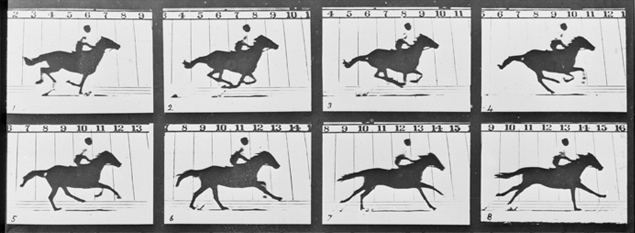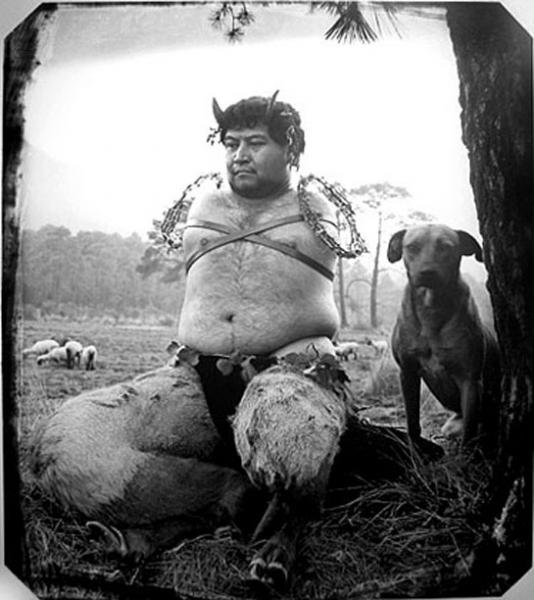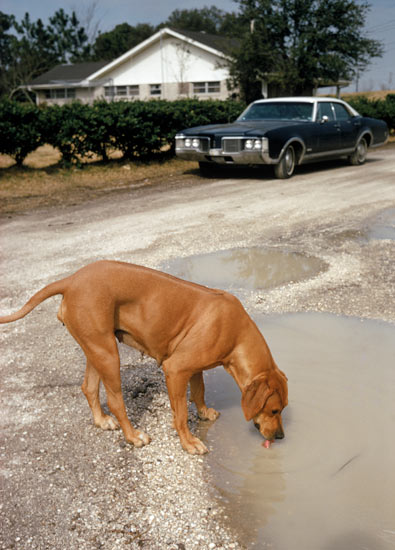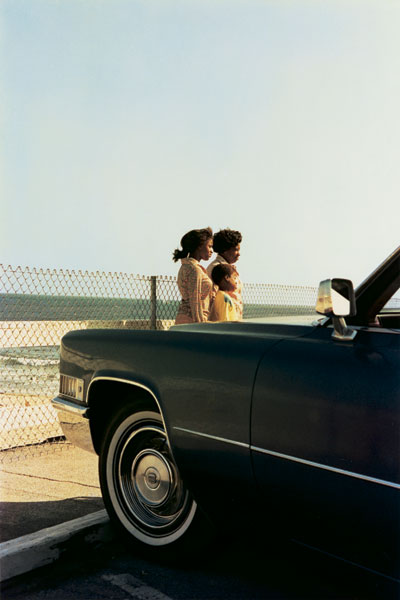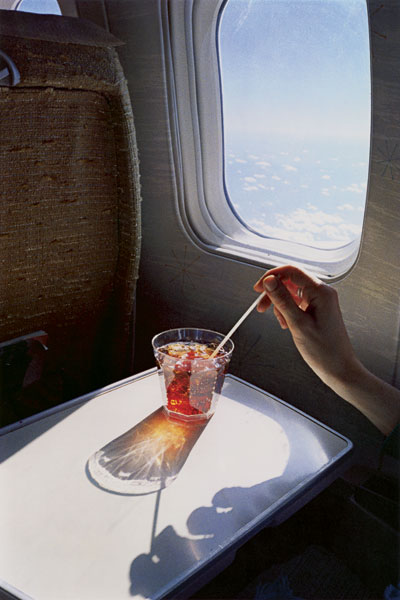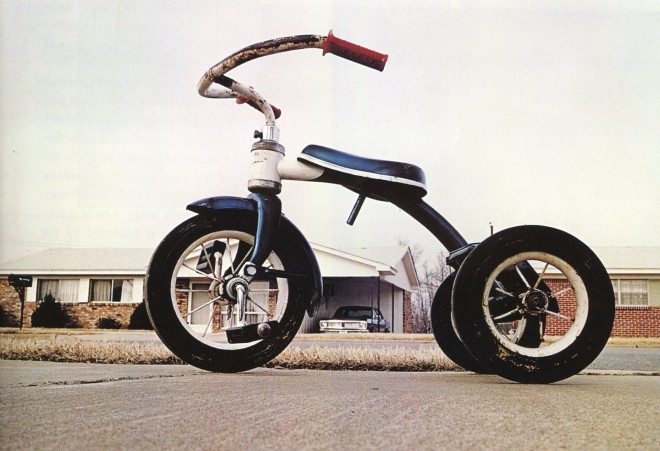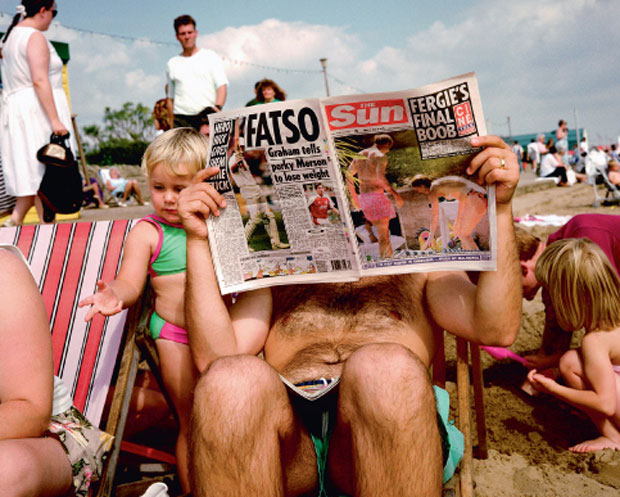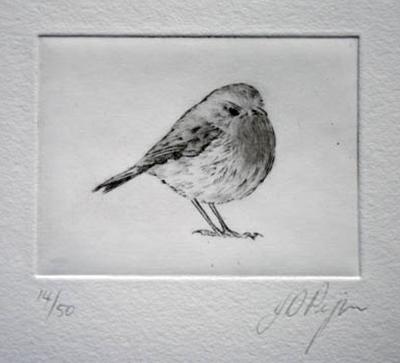The Portrait and the Self Portrait
For this project we were asked to look into Portraiture and Self Portraits. Portraiture when commissioned from an artist is expected to flatter the subject and show them as they wish to be seen by others. They have been around for a long time and we know some of them for example, Da Vinci's Mona Lisa and Vermeer's Girl with a Pear Earring. Self Portraits by artists as expression has also been around for a while. The artist always has themselves as the subject and in both they are recording detail, although some may not be a true honest image.
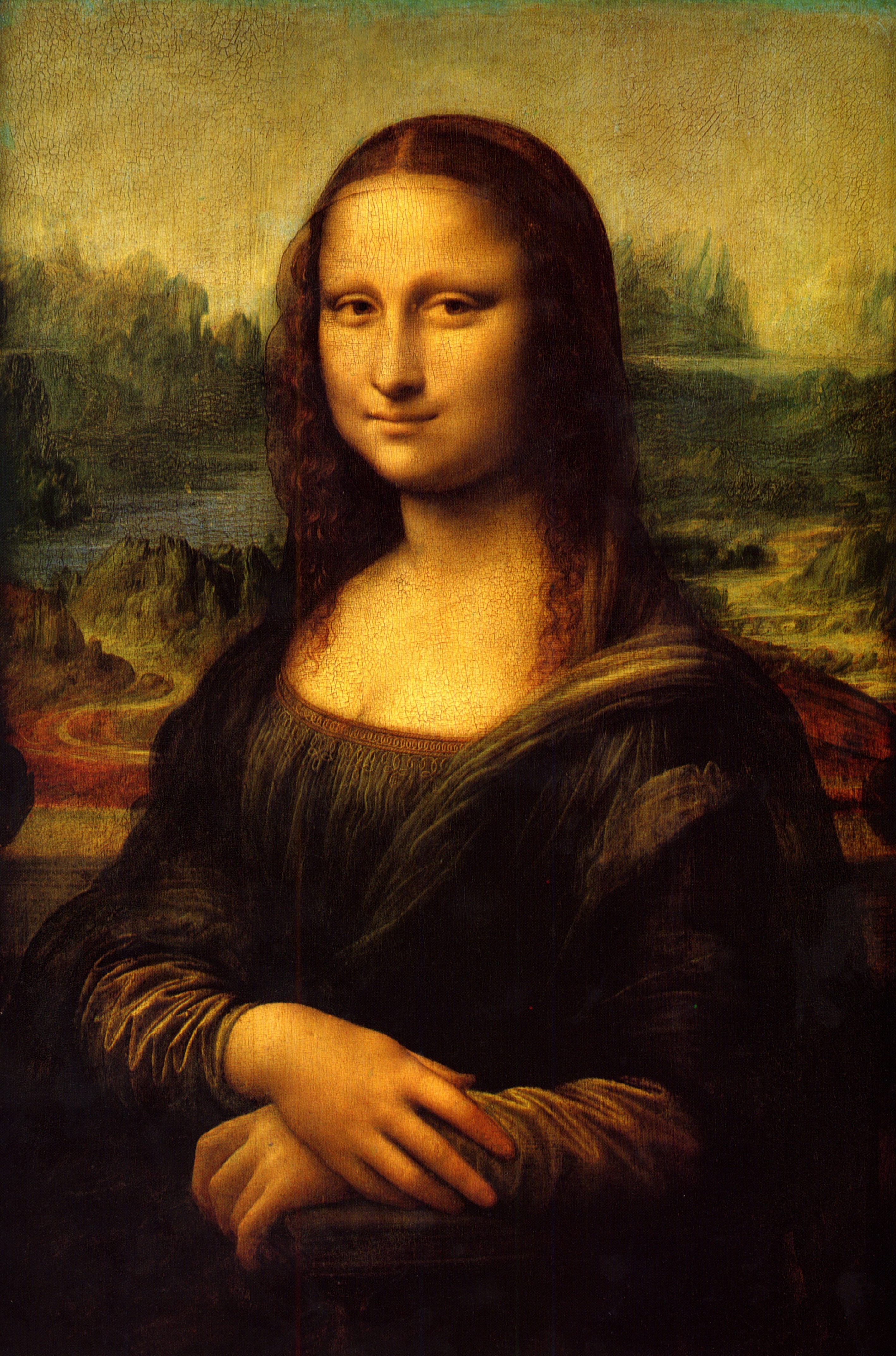
The Mona Lisa is the most famous painting anyone will ever come across. Its been done behind an imaginary background, which is the again the concept of wanting people to see her this way. The form and structure of the portrait is very symmetrical and even, which makes it even better. There the same kind of tone across the whole image that's also interesting. Overall I think its a good portrait of showing someone.
_-_The_Girl_With_The_Pearl_Earring_(1665).jpg)
LEONARDO DA VINCI

Painting Bio:-
The Mona Lisa is a half-length portrait of a woman by the Italian artist Leonardo Da Vinci, which has been acclaimed as 'the best known, the most visited, the most written about, the most sung about, the most parodied work of the art in the world'
The Mona Lisa is the most famous painting anyone will ever come across. Its been done behind an imaginary background, which is the again the concept of wanting people to see her this way. The form and structure of the portrait is very symmetrical and even, which makes it even better. There the same kind of tone across the whole image that's also interesting. Overall I think its a good portrait of showing someone.
JOHANNES VERMEER
_-_The_Girl_With_The_Pearl_Earring_(1665).jpg)
Painting Bio:-
The painting Girl with a Pearl Earring is one of Dutch painter Johannes Vermeer's master works and as the name implies, uses a pear earring for a focal point. It is now the collection of the Mauritshius gallery in The Hague, but in 2013 has toured the United States with other works.
I like how simple and true this portrait is. Its very simple but has an effect on its viewers. Although its an fictional character that he got someone to dress up as, its still a good Portrait that you could say is how he wanted people to see her, instead of how she wants people to see her. I like the bold colours and the way her eyes seem like there glaring. It really draws your attention to the photo.


I like how simple and true this portrait is. Its very simple but has an effect on its viewers. Although its an fictional character that he got someone to dress up as, its still a good Portrait that you could say is how he wanted people to see her, instead of how she wants people to see her. I like the bold colours and the way her eyes seem like there glaring. It really draws your attention to the photo.
REMBRANDT


Painting's Bio:-
The dozens of self-portraits by Rembrandt were an important part of his oeuvre as a painter. He Created nearly one hundred self-portraits during his lifetime including approximately fifty paintings, thirty-two etchings ans even drawings. The self-portraits create a visual diary of the artist over a span of forty.
Most of Rembrandt's paintings seem dark and not very well lit when looking at them, which makes me think that this is how he wanted people to see him. With an unclear shot of his whole face. This adds character to his series of self portraits which then create a narrative, almost like a visual diary of the artist as said above.



SELFIE



A selfie is a type of self-portrait photography, usually taken with a hand held digital camera or camera phone, most popular the iPhone, with its handy front camera. Selfies are often associated with social networking. In Korea the word selca, short for 'self camera' means photos taken of oneself. They are often casual and are typically taken either with a camera held at arm's length or in a mirror, and including either only the photographer or the photographer and as many people as can be in focus. Selfies that are taken and involve multiple people are known as 'group selfies'. The term 'selfie' originated in Australia in 2002 on an internet forum.
In August 2013, the Guardian produced a film series titled: Thinkfluencer exploring selfie exposure in the UK. Denoting a pathological condition: Selfieism.
MY EXAMPLE SEFIES
MY WORK
Self Portrait
'Honest' Self Portrait
I was asked to take an self portrait showing what I thought shows me in a true honest way. I feel that this images does that as when taking the image, I was in my everyday form and changed nothing different about me for the image. There is an exposure of light used and that was to enhance the image all over and give it a different effect, almost like an filter. Although I have done this I still feel as if the image is still me in a very honest way and a way in which I don't mind others seeing me. I decided to place me near the bottom right of the image so that there is almost an even ratio to me and the background which makes you focus on both. The background glow allows me, the subject to stand out more in this image.
How I want to be seen Portrait
For the second part of this project I was asked to take a self portrait that shows me in a way in which I would like others to see me. For this one I decided to change the lighting dramatically. I wanted to create a mood/emotion for the viewer and I think I have done well to achieve that. To create this image I had all the lights off and one spot light on just below me to get this effect. I wanted it to be very dark and eerie like. I tried to pull an expression-less face but I think I have shown some sort of emotion which suggests that I'm angry or some what mischievous. Once taking the photograph I edited further to allow me to get the image more darker to set a mood even more. I did originally want the whole background of the image completely blacked out, but I thought that was a bit cliché, so I decided to allow some light though in the back.
MY WORK
The Portrait
For this part of the project, I took a photograph of someone that I know and in an honest way. I asked the subject to be facing a side profile as I thought it would be an interesting way of showing an portrait. Also I used some lighting in this photograph and I wanted to create a slight shadow behind the subject, almost a silhouette. The subject is also not dressed in any way particular and has a normal facial expression which also shows the honesty in the image. I took the photo in black and white as I thought it went well with the character and personality of the subject. Also I think is very effective and still shows a lot of detail compared to colour images. I think that black and white images creates more of a mood rather then a coloured photo.
Here is an image of my subject and how I wanted him to be seen. This image is also linked to my self directed project. Firstly I took a photo of my subject quite close up and face forward. I wanted to get a clear shot of his face so that it could be later on be manipulated in the way I like. Then after I decided to use Photoshop to manipulate the image to show an 'Glitch' effect. I decided to do this because I wanted to show that mistakes can be interesting and all of us make mistakes of our own through life. I also just wanted to separate areas of his face so that the audience could concentrate on certain areas and get some sort of emotion from them. I wanted to show confusion and distortion.



.jpeg)







